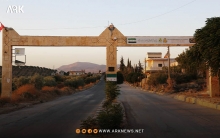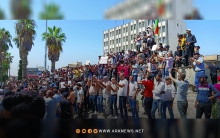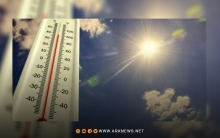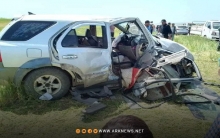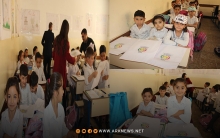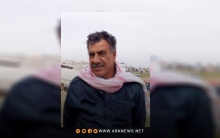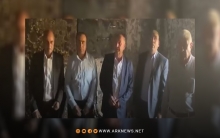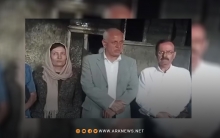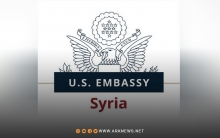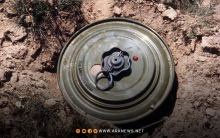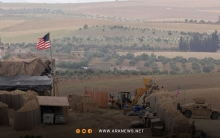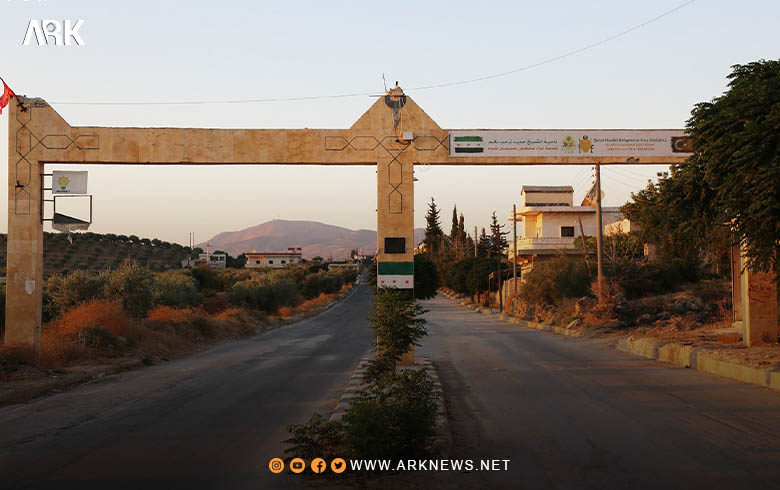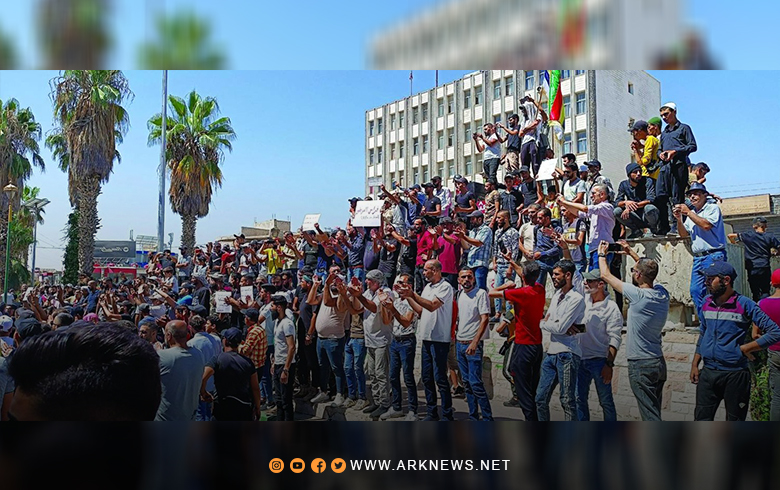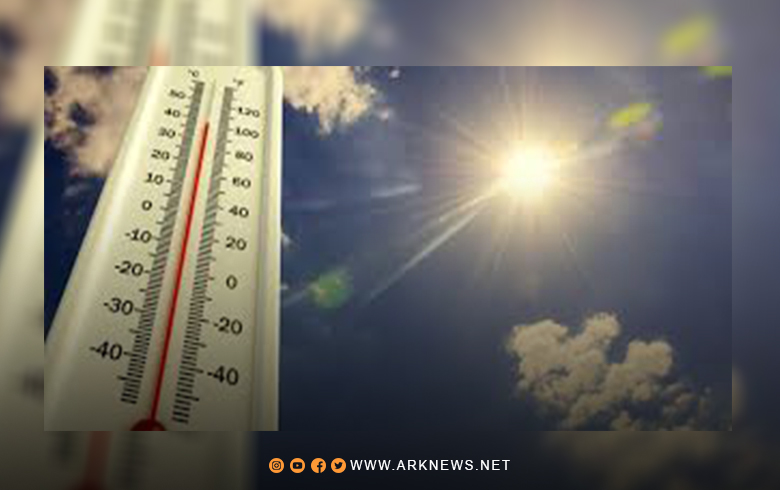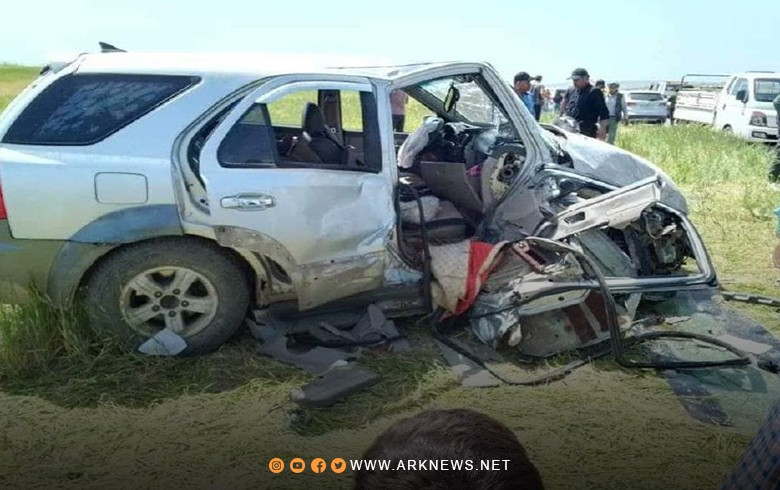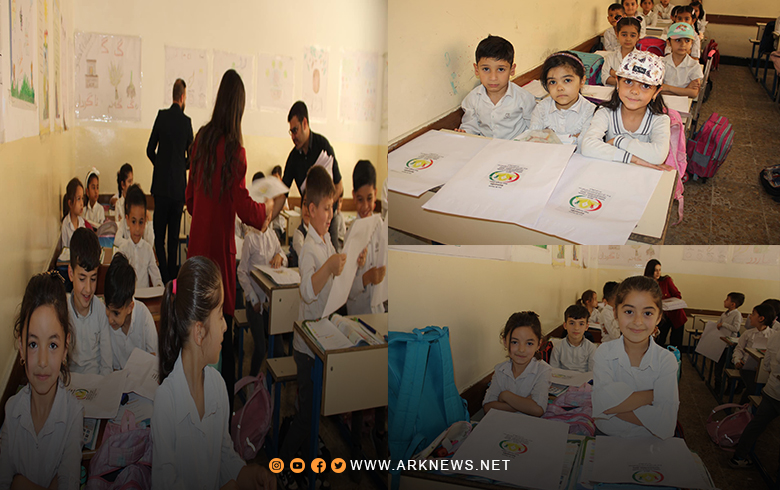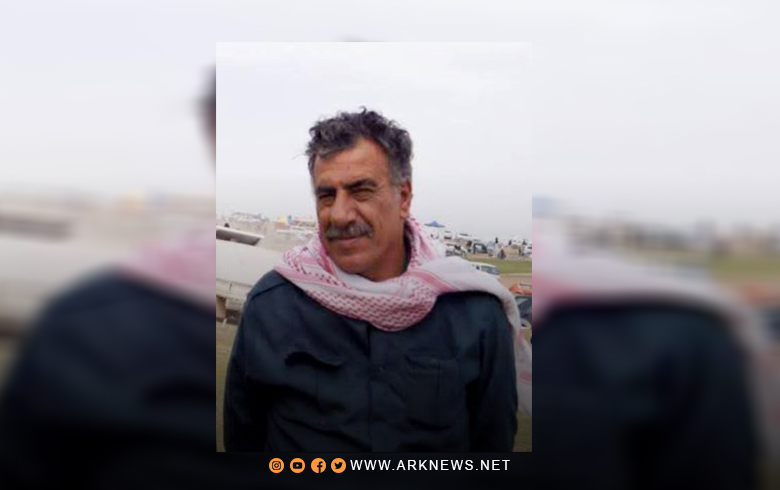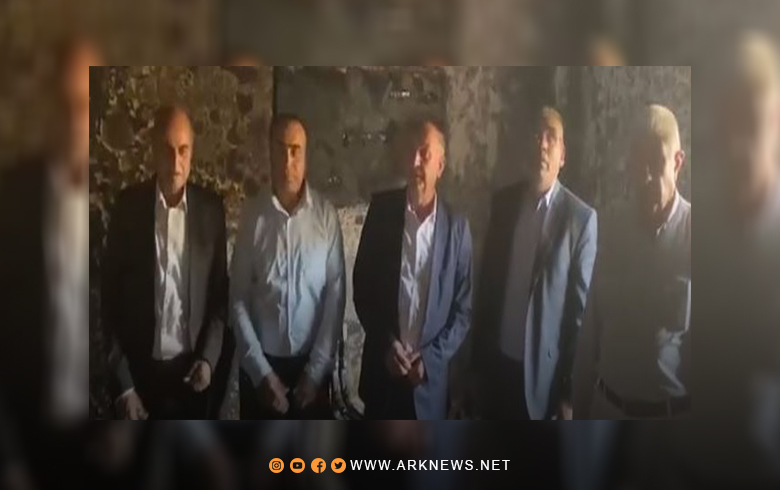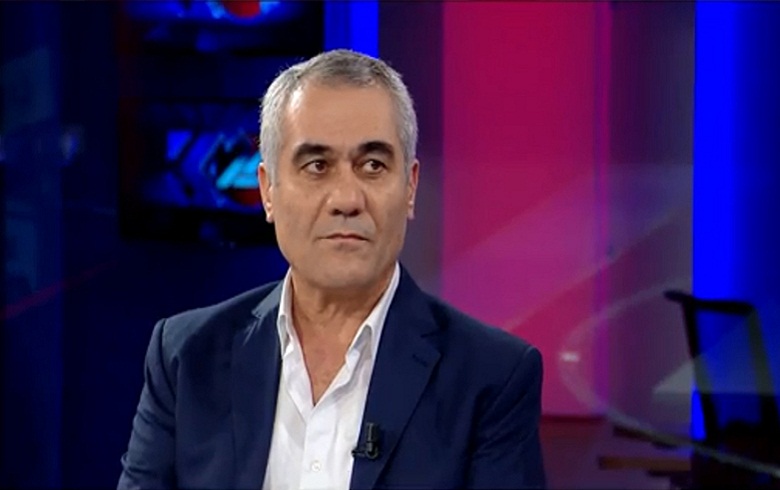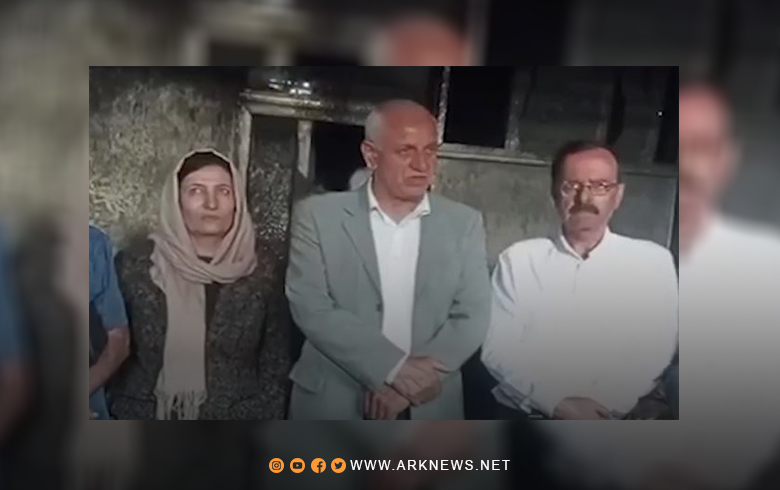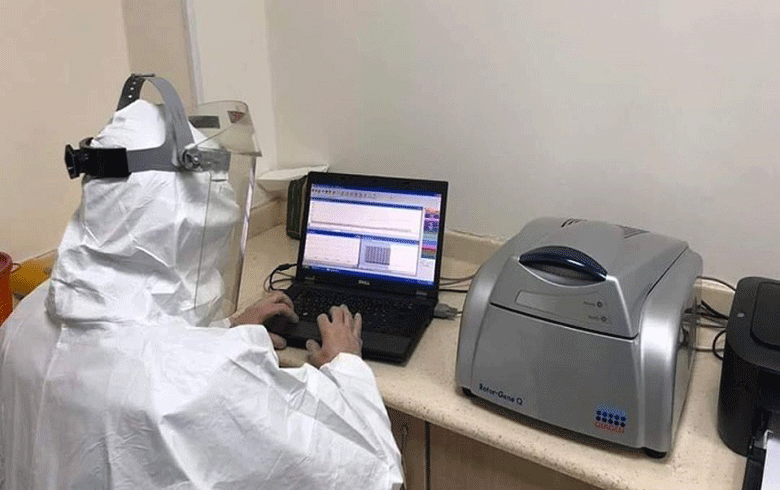
US researchers say the sunlight may kill the corona virus
ARK News.. William Bryan, a US Homeland Security official, has claimed that sunlight and moisture could rapidly destroy coronaviruses. If the report is true, it is claimed to be the most important finding of the coronavirus. However, no one should be taken aback by this agreement and it should not be violated. The question also arises as to whether the monsoon season in Kerala asks us to be more cautious if the change in climate can give Americans hope.
Brian White, the secretary of the US Department of Homeland Security, told reporters that scientists under the government have discovered that ultraviolet rays can have a significant impact on the insect known as The New Coronavirus. In essence, the bureaucracy believes that by the end of the summer, the United States may have reduced the disease.
He says that their most important finding is that sunlight kills coronaviruses. Sunlight destroys the atoms on the surfaces and in the air. He said the heat and humidity had the same effect on the virus. However, scientists have yet to release a paper containing these findings. Only when it comes out can independent researchers verify what criteria these scientists have come up with and then agree or disagree.
It has long been believed that UV rays have the ability to neutralize the virus. It is believed that radiation destroys the virus’s genetic material and impairs its own replication ability. But what is important is to know how powerful UV rays are and what their wavelengths are. The ultraviolet rays used in the experiment by the scientists need to know if the heat from the sun is sufficient in the summer.
It is important to know how they did the test. Benjamin Nooiman, of Texas A&M University, said the findings should also be released. Their findings, however, do not imply that the methods involved were wrong. Rather, there are different ways to count viruses. He says that learning what behavior is important in this regard is important.
Brian showed reporters a slide about their important findings. Accordingly, if the temperature is 70-75 degrees Fahrenheit, the virus is said to take about 18 hours to reach half an age. The humidity is around 20% during this time. The area in which the virus sits must not be absorbed. This includes surfaces such as door panels and stainless steel.
However, when the humidity is 80%, the half-life of the virus takes about six hours. However, if the sunlight strikes directly at this time, it is only two minutes and half the age.
If the virus stays in the air (aerosolized) during 70-75 degrees heat and 20 percent humidity, it will take about an hour to reach half its life. But if there is sunlight, it will only last for one and a half minutes. That is why Bryan says that in the summer and the fall, the spread of the virus will decrease. However, he noted that slowing down the spread does not mean that the virus has not completely eradicated. Spacing is not possible in the summer, he said.
Brian said that by the time the summer came, the virus would be completely destroyed and existing guidelines would be taken down, and that would be an irresponsible statement. Previous experiments have shown that viruses grow significantly in cold and dry climates. This may be due to the relatively low prevalence in countries such as Australia.
At the same time, if this study is correct, it may be necessary to study whether places such as Kerala take extra precautions during the coming monsoon season.
Source: MBS News
390

